thumbnail
Farm Business Management
DeSantis signs bill to keep lab-grown meat out of FloridaDeSantis signs bill to keep lab-grown meat out of Florida
At least seven states have considered bills so far in 2024, citing a threat to current agricultural economies.
byAnn Hess
Subscribe to Our Newsletters
BEEF Magazine is the source for beef production, management and market news.

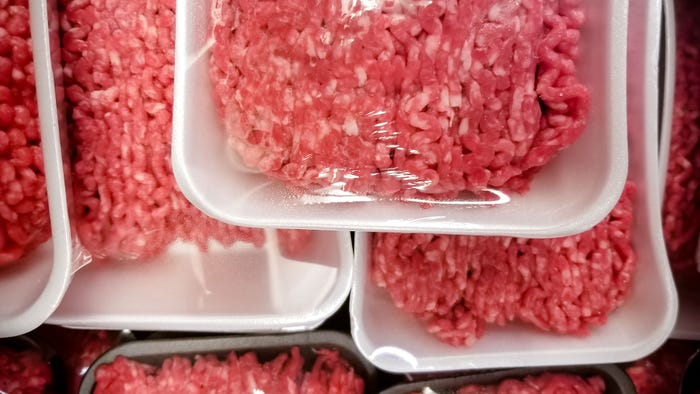

.png?width=700&auto=webp&quality=80&disable=upscale)
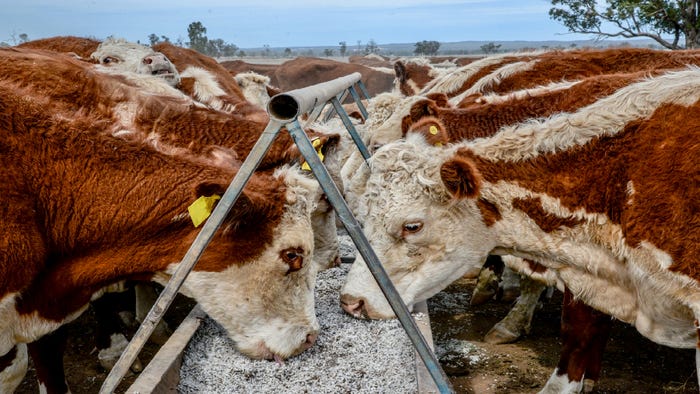
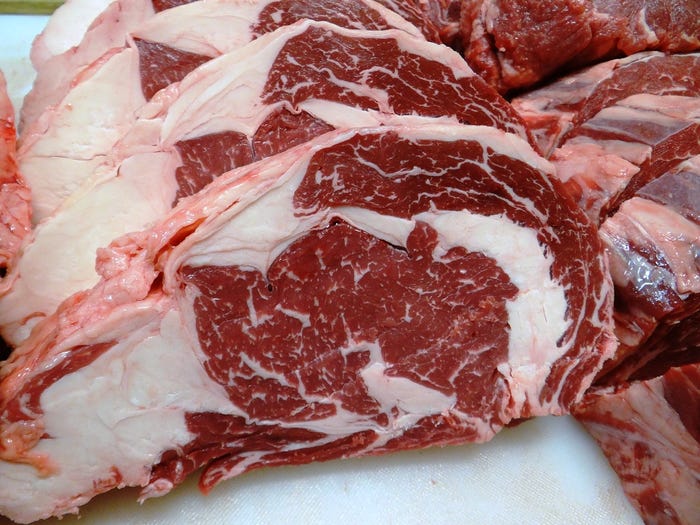













.jpg?width=300&auto=webp&quality=80&disable=upscale)




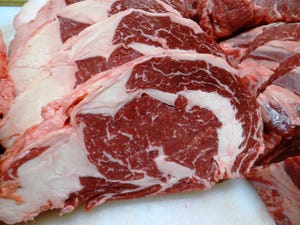


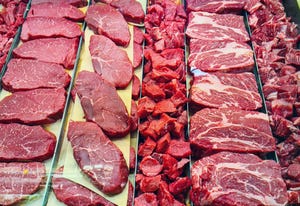


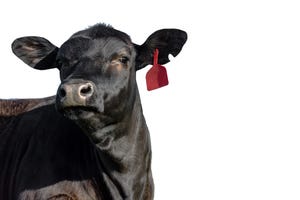






.png?width=300&auto=webp&quality=80&disable=upscale)
